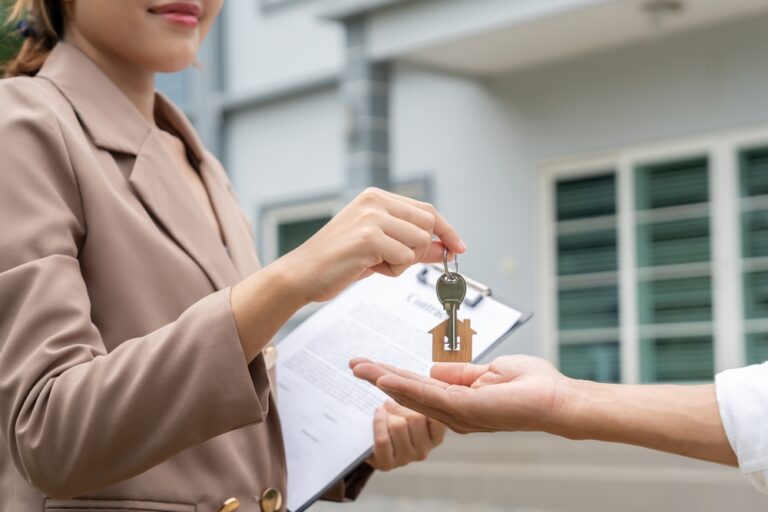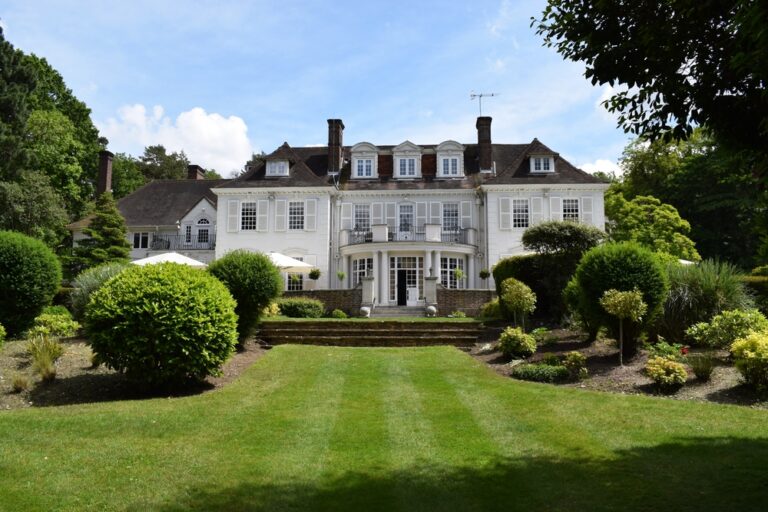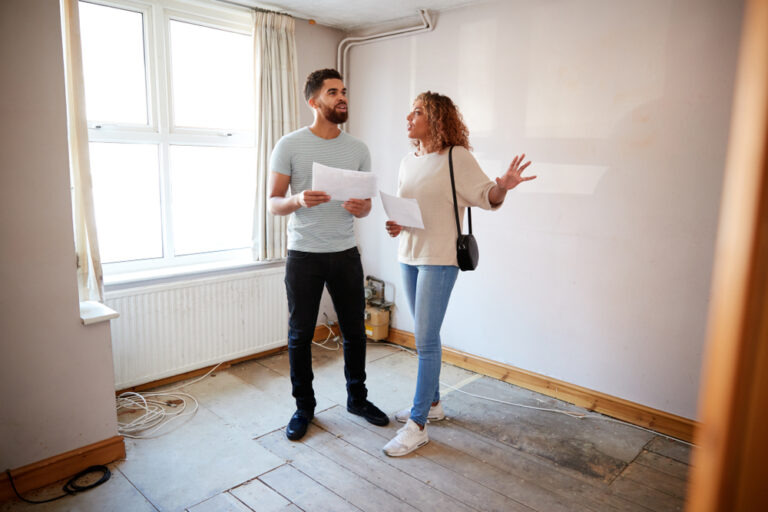For many, shared ownership offers an affordable way to combine the benefits of renting and owning a home. However, before you dive into this option, it’s important to understand what shared ownership leases entail and how they work.
Related: How to sell a shared ownership property
What is shared ownership?
Shared ownership is a government-backed scheme designed to help people buy a portion of a property (usually between 25% and 75%) while paying rent on the remaining share to a housing association or private developer. It is not the same as renting, nor is it full ownership – it’s a hybrid model that helps make home ownership more affordable.
As your financial situation improves, you might be able to purchase additional shares in the property over time through a process called “staircasing,” eventually leading to full ownership.
Related: How much can I afford to borrow?
What does leasehold mean?
Leasehold ownership of a home is essentially a long tenancy, whereby the owner of the property has the right to occupation and use of the land it resides on for a fixed term.
What is a shared ownership lease?
A shared ownership lease is a legal document that outlines your rights and responsibilities as a part-owner and tenant of the property. Unlike traditional rental agreements, a shared ownership lease gives you the right to occupy the property as an owner-occupier while still being legally classified as a leaseholder. Here are the key elements of a shared ownership lease:
Duration of the lease
Shared ownership leases are typically long-term, usually lasting 99 to 125 years. This is similar to a traditional leasehold property, but it’s important to understand that the value of the lease diminishes as it gets closer to expiration, which can affect your ability to sell or mortgage the property later on.
Rent and service charges
Along with your mortgage repayments on the share you own, you will also be required to pay rent on the share owned by the housing association. Rent is usually set at a percentage of the property’s value and may increase annually. You may also need to pay service charges, which cover the maintenance of communal areas or external repairs.
Staircasing
One of the most appealing aspects of shared ownership is the ability to buy more shares in the property over time, known as staircasing. The more shares you buy, the less rent you pay. Eventually, you could own 100% of the property, at which point you will no longer have to pay rent, though service charges may still apply.
Staircasing isn’t obligatory, and you can remain a part-owner for as long as you wish, but purchasing additional shares may increase your financial commitment, especially if property prices rise.
Related: Moving home? Here’s how to plan your finances
Selling your shared ownership home
Selling a shared ownership property is slightly more complex than selling a fully owned home. When you decide to sell, the housing association typically has the first right to buy the property back or find a buyer for your share. This process, known as a “nomination period,” usually lasts a few weeks. If the housing association cannot find a buyer during that time, you are free to sell your share on the open market.
If you’ve staircased to 100%, you can sell the property like any other freehold or leasehold home.
Is shared ownership right for me?
Shared ownership may be more affordable than buying a home outright, but it does come with its own set of costs. Here are the key costs involved:
Mortgage payments
You will need a mortgage to cover the share of the property you are purchasing. This could require a smaller deposit than if you were buying outright, making it an attractive option for first-time buyers.
Rent
You will need to pay rent on the share of the property owned by the housing association. The rent amount is generally less than you would pay in the private rental market but increases annually.
Service charges and maintenance fees
These cover the upkeep of the building and communal areas. If you’re purchasing a flat or apartment, these costs can be significant, especially if major repairs are needed.
Other fees
Legal fees, mortgage fees, and valuation fees all need to be factored in when buying a shared ownership property.
Related: Should you get a long-term mortgage?
Eligibility for shared ownership
To qualify for shared ownership, you need to meet specific criteria. Generally, you must:
- Be a first-time buyer or have previously owned a home but cannot afford to buy one now.
- Have a combined household income of less than £80,000 a year (or £90,000 in London).
- Be unable to afford to buy a home outright in your area.
In addition to these, housing associations may have their criteria, such as prioritising key workers or local residents.
Looking for a new home? Browse through Ellis & Co’s exceptional listings







